Back in December 2023, the Government finally published its long-awaited rail freight growth target, setting an ambition to increase rail freight by 75% up to 2050.
Announcing the target, Transport Secretary Mark Harper noted that “rail freight is crucial to achieving the Prime Minister’s priority of growing the economy and creating opportunity right across the country”.
Back in December 2023, the Government finally published its long-awaited rail freight growth target, setting an ambition to increase rail freight by 75% up to 2050.
Announcing the target, Transport Secretary Mark Harper noted that “rail freight is crucial to achieving the Prime Minister’s priority of growing the economy and creating opportunity right across the country”.
We couldn’t agree more with that sentiment. But why does the target matter so much? And what will it mean for the sector, the railways, and government?
The target itself has been a number of years in the making. First committed in the Williams-Shapps Plan for Rail back in May 2021, it was also a commitment in the Transport Decarbonisation Plan in July of that year, and has been variously reannounced since - including in Mark Harper’s George Bradshaw address last February.
The target wasn’t available for the Department for Transport’s High Level Output Specification for Control Period 7 (2024-29), but that did commit Network Rail to setting a five-year target, regulated by the Office of Rail and Road. So, the publication of this long-term target was both overdue and welcome.
However, while the response from the rail freight industry has been wholeheartedly positive, among railway commentary more generally the target has been met with some criticism.
In particular, some have noted that in practical terms the target merely keeps pace with anticipated growth in the economy as a whole, rather than expanding modal share, and comes with no commitment to expenditure.
Others question why government should set a target for freight at all, or why it was published ahead of Great British Railway’s overall long-term strategy for rail. These are valid points, but they fail to recognise the key reasons why such a target is so vital.
It is worth unpacking the point on whose role it is to generate growth. It is self-evident that government does not sell freight trains, but they do have a role in ensuring the success of the sector.
At its most simple, growth comes from running more trains, each and every day. And that requires a few things to happen.
You need a network path that allows an economic service to operate, good-quality terminals for loading and offloading, enough goods to fill the train every day, and reliable and punctual operations.
These are the tasks for the freight operator, the customer, and Network Rail, along with other parties such as wagon lessors and terminal operators.
In theory, this should be enough. Yet the actions of government can make it easier or harder for this to be achieved.
A pro-freight sentiment, instigated via the target, will encourage more customers to look at rail - and feel supported in doing so by government.
It will make it easier for rail policy in franchising and passenger services to take account of freight needs on the network.
It will make it easier for freight needs to be considered when enhancements or upgrades are planned, because the growth target will set out clearly why they should be.
It can frame future funding reviews and advice from ministers to Network Rail.
And above all, the support of government will help to build the confidence in private investors which is so necessary - be that locomotives and rolling stock, terminals, or new systems to support customers.
The target is also a tangible output of the work on rail reform, developed by the DfT with advice from the Great British Railways Transition Team.
It can also form the centrepiece of the freight governance structures that need to be built into any future design for the railways, be that GBR or any alternative model.
Government has been clear that it wishes to see freight grow, and so it follows that organisational structure, policies and incentives now must be aligned to that, as well as the way that decisions on access and investment are taken.
While we still don’t know what the future structures will be under the next government, it seems likely that more integration of track and passenger train is coming, and that there will also be more devolution around the current regional structures and for city mayoral authorities.
This is uncomfortable for freight, which operates across the network and needs seamless and joined-up operations for end-to-end flows.
These changes will likely drive an even greater focus on passenger rail, whose farebox is also captive to the industry - unlike freight, whose benefits fall to society at large.
This means that we need to have an assertive governance structure for freight which protects our interests and enables new and better services to operate across the network.
Embedding the growth target within GBR (or similar body) and in regional partnerships will be a critical way of achieving this. And with government standing behind the target, it will be harder for it to be overlooked by senior leaders and managers, too.
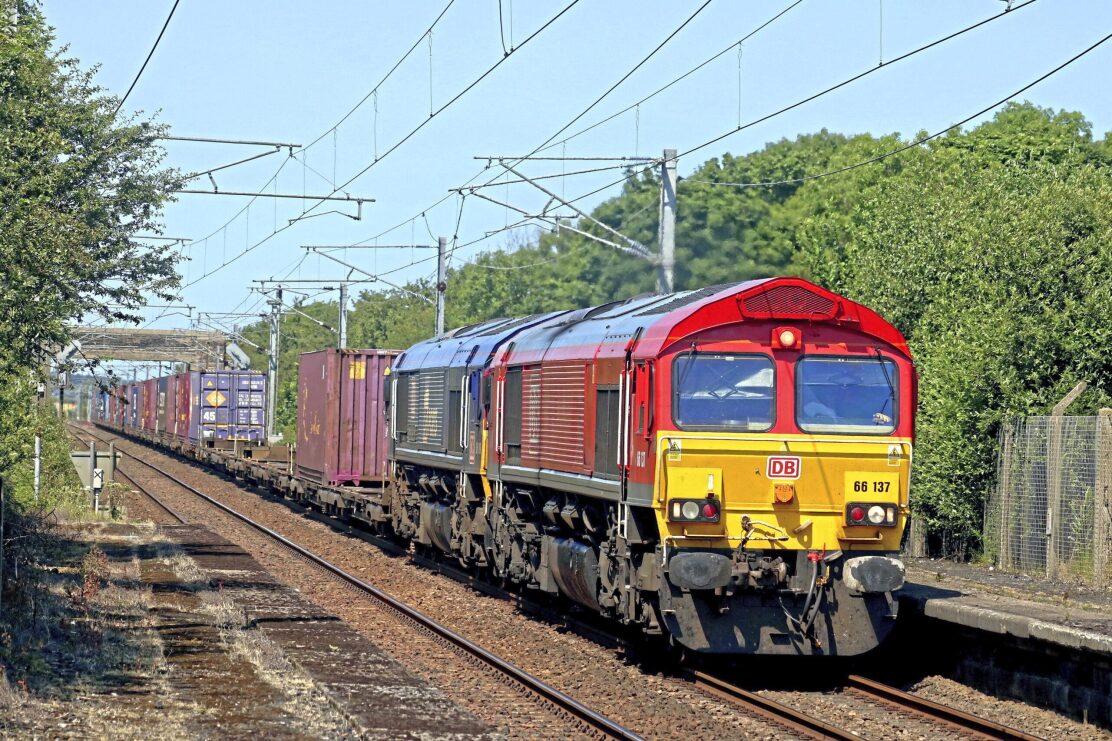
The experience from Scotland, where there has been a target for the last five years, is that it drives behaviour change, helping to increase understanding of rail freight and supporting better decision-making.
In that context, it is apparent that the presence of a target is more important than the number itself. As outlined above, freight growth needs both public and private investment from a range of different players.
Therefore, doubling (or thereabouts) the size of the industry over 20-30 years feels intuitively about right, with the freight operators each needing to double in size, needing significant investment in their own equipment, people and systems.
There will also need to be comparable investment in new terminals and facilities, and in wagons and depots. And all this needs to be achieved through the inevitable economic cycles and geo-political changes ahead, which bring volatility for investors.
So, meeting the target is absolutely achievable, but nonetheless a major commitment and one which government is therefore right to back.
However, the level of the target does matter to some extent - not least in supporting government funding decisions and investment over the long term.
The target of 75% falls short of doubling and is the middle of a range of options that were presented in the evidence assembled by GBRTT.
The DfT and HM Treasury also reworked the analysis after the decision to cancel parts of HS2, to ensure that the target was consistent with the capacity likely to be available for freight, and more generally to ensure that the target was in line with the expected future levels of rail funding.
This means that at some future stage (if the target is achieved), funding may well dry up, which in turn makes further growth more challenging. This will all need to be faced in future, but it will be much better to go into those discussions with the success behind us than not at all!
From our conversations with businesses, we know that there is a huge ambition to send more goods by rail.
Conventional markets such as port intermodal and construction still have significant potential, and newer markets such as retail and express freight offer huge new opportunities, targeting long-haul road and air freight movements.
New bulk products such as liquid fuels, hydrogen and even liquid carbon can also move by rail. And the construction of new infrastructure, including to support decarbonisation, is also an opportunity for rail.
So, whatever the commentary, the growth target is a hugely significant policy statement from the Government, which has been clear that it wishes to see rail freight grow.
There is no equivalent for passenger rail. And in a period where rail policy and structures are complex and changing, this is hugely significant and a major boost for market and investor confidence. We are certain that it will be transformational for the sector.
About the author
Maggie Simpson is Director General of the Rail Freight Group. Previously she worked in a range of passenger and freight roles at the Strategic Rail Authority and Office of Passenger Rail Franchising, including freight strategy development and franchise management. She has also worked in consultancy.
Login to continue reading
Or register with RAIL to keep up-to-date with the latest news, insight and opinion.


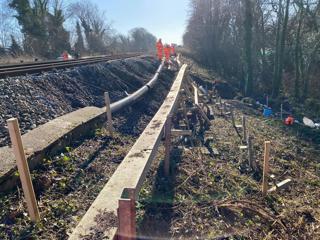

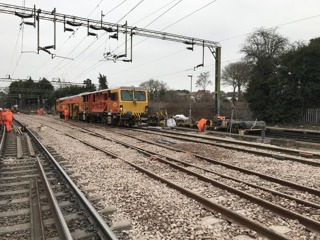
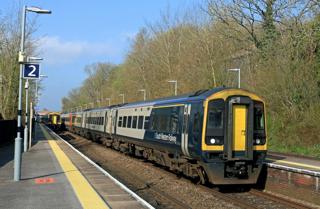
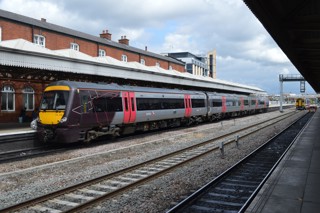











Login to comment
Comments
No comments have been made yet.